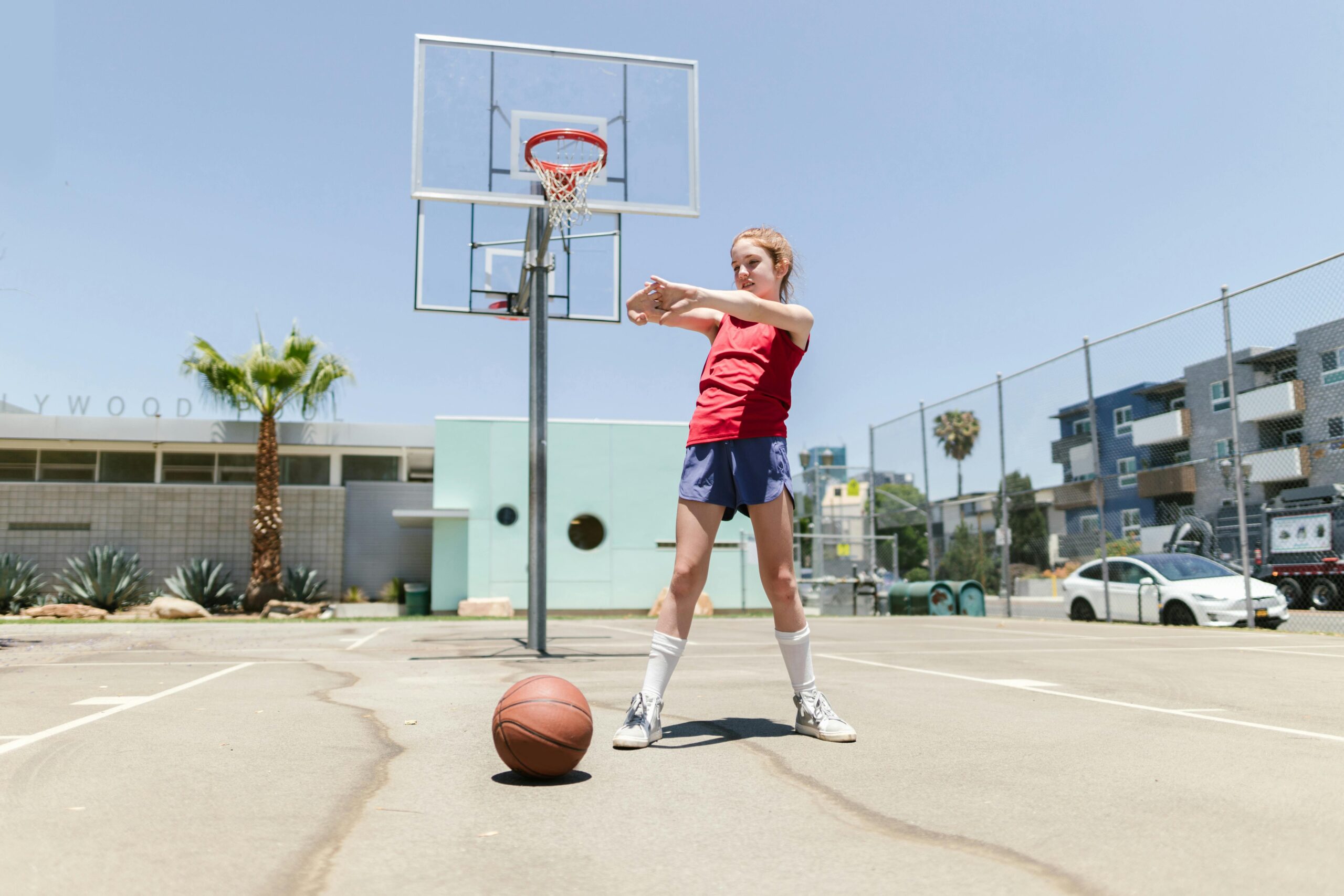Every athlete deals with tightness, soreness, and fatigue over the course of a season. This is mostly managed through stretching, especially at high school levels, or sometimes athletes simply endure these issues. Functional mobility routines help limit these issues further.
What Are Functional Mobility Routines?
Functional mobility routines are similar to stretching but are not necessarily muscle-focused. They concentrate on the relationship between bones, muscles, and movement. Much of this involves releasing tension that you may not have been aware of. Most routines focus on the back and hips, as these are the centers of all movement.
Benefits of Functional Mobility Routines
Improved Movement
Mobility training helps improve movement at the most basic level. This allows you to perform lifts, stretches, drills, and even games in a way that is most comfortable for your body. Performing more complex movements with better technique and form is better for your body and enhances flexibility, strength, and stability.
Injury Prevention
Functional mobility training is crucial in preventing injuries. Increased flexibility and stability mean your body does not need to compensate for instability in another area, thus reducing the risk of injury.
Minimal Equipment Required
A final great aspect of functional mobility routines is that they require almost no equipment. For some routines, all you need is yourself and a pillow. However, if you would like more guidance in achieving better mobility, check out some of the great Strength and Speed Coaches at Athletes Untapped!
Functional mobility training unlocks your potential for comfortable movement in your body. It prevents injury, tightness, and fatigue and helps your body become more efficient on the field.
For more information and resources, visit Athletes Untapped.




